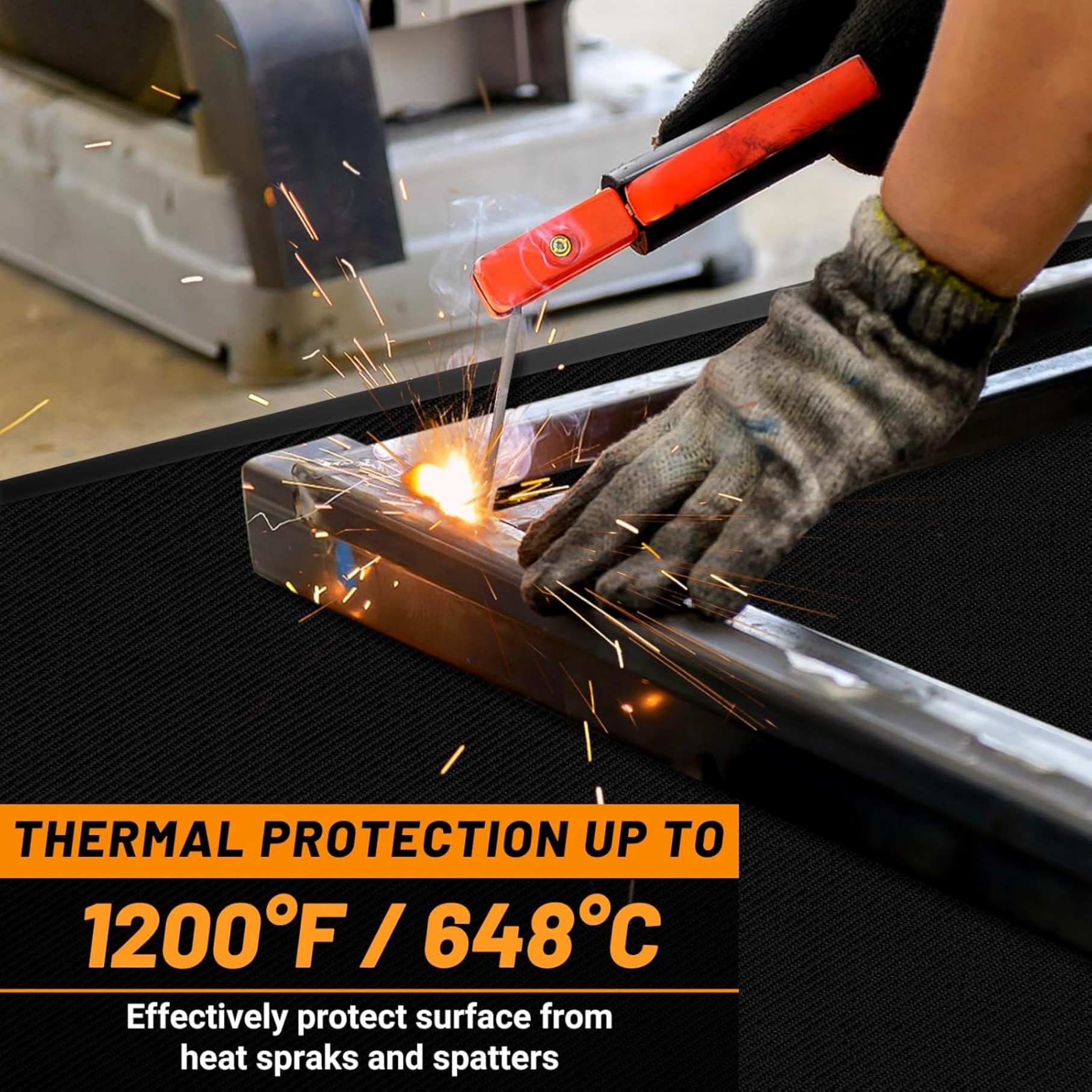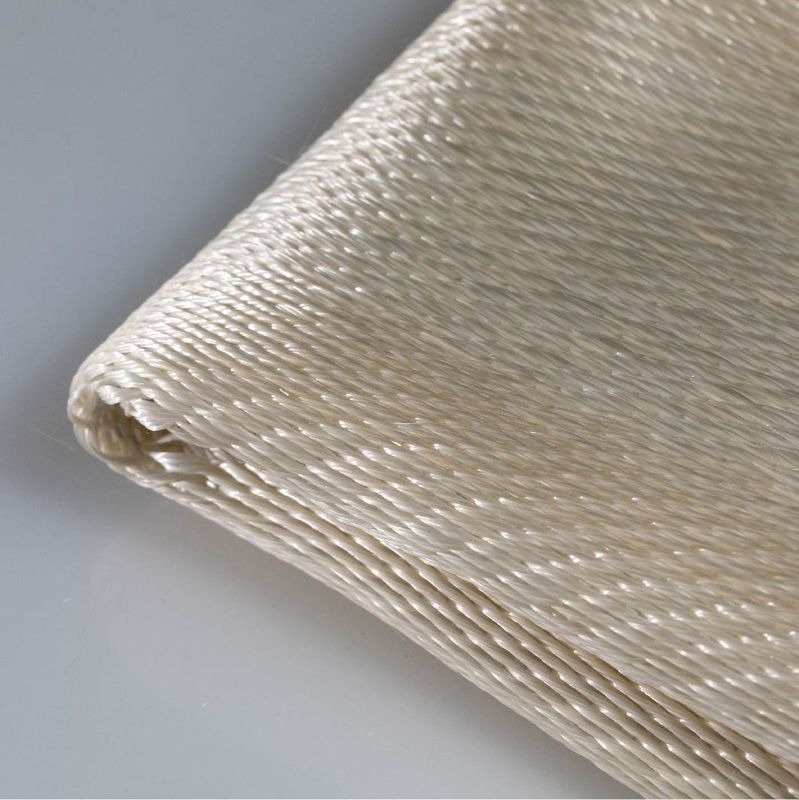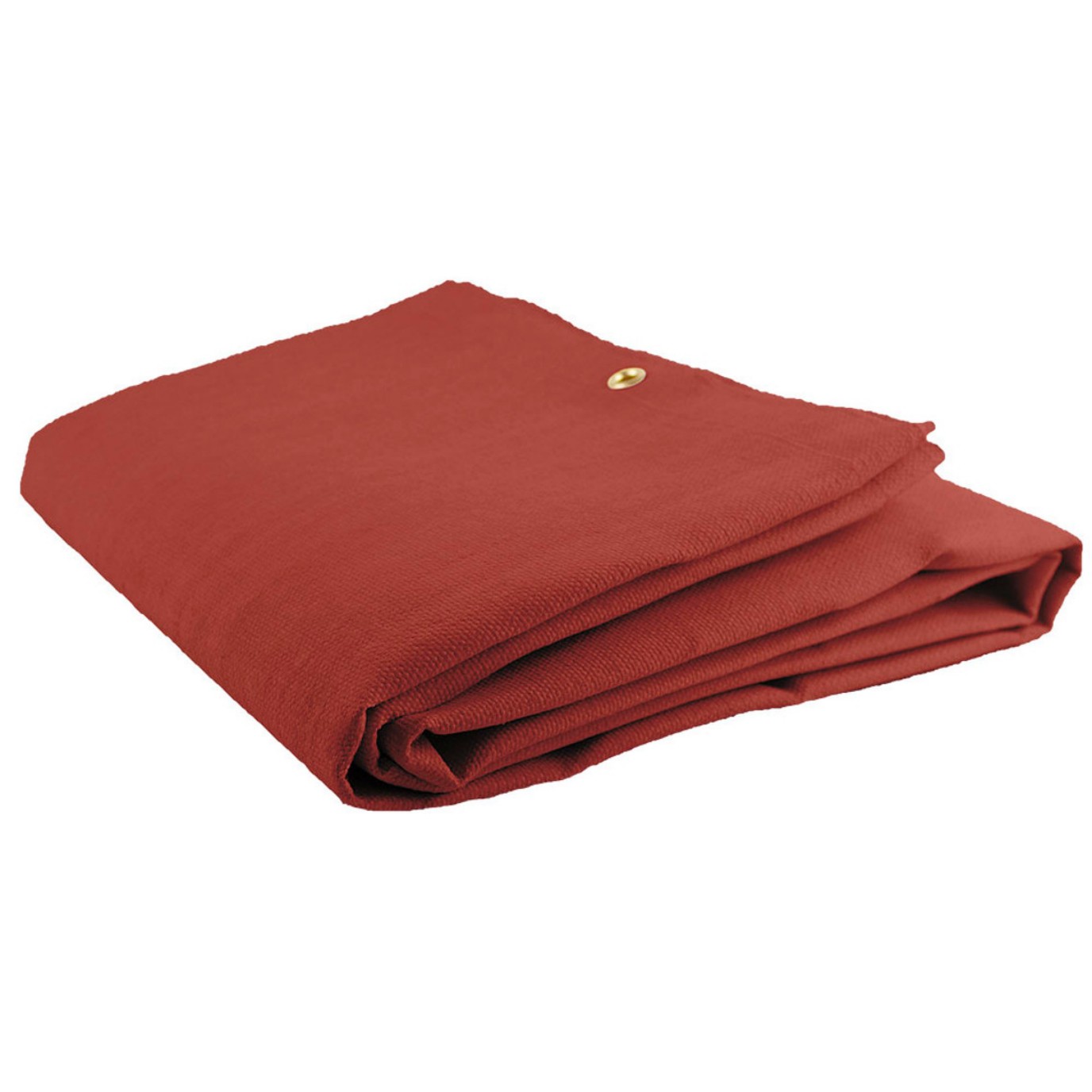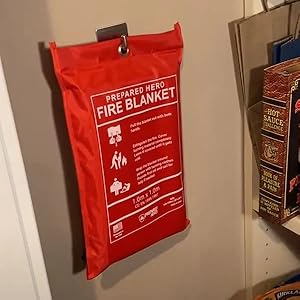DIY Guide: How to Make a Homemade Welding Blanket Safely and Effectively
This guide explains how to create a homemade welding blanket using proper materials and techniques. You'll learn about safety requirements, material choices, and step-by-step construction for effective heat protection.
Understanding Welding Blanket Basics
A homemade welding blanket serves as protective gear that shields surfaces from sparks, slag, and heat during welding projects. While commercial options exist, making your own can be cost-effective when done correctly.
Key requirements for any welding blanket include:
- Heat resistance up to at least 1,000°F (540°C)
- Flame-retardant properties
- Durability against sparks and molten metal
- Proper size for your work area
Materials for Your Homemade Welding Blanket
Choosing the right materials is crucial for safety. Avoid common fabrics - they won't provide adequate protection. Consider these options:
Fiberglass Fabric
Fiberglass is the most accessible material for homemade welding blankets. Look for:
- Industrial-grade fiberglass cloth (not household insulation)
- Minimum 18 oz/sq yd weight
- Uncoated or silicone-coated varieties
Alternative Materials
For higher heat resistance:
- Ceramic fiber blankets (handle with care - fibers irritate skin)
- Kevlar fabric (expensive but durable)
- Multiple layers of denim with flame-retardant treatment (temporary solution only)
Step-by-Step Construction
Follow these steps to assemble your homemade welding blanket:
1. Measure and Cut
Determine your needed size (typically 4'x6' or larger). Cut your material with sharp scissors, leaving extra for hemming.
2. Reinforce the Edges
Fold edges over twice (about 1" each fold) and secure with:
- High-temperature thread (Kevlar or Nomex)
- Stainless steel grommets for hanging
- Metal binder clips for temporary solutions
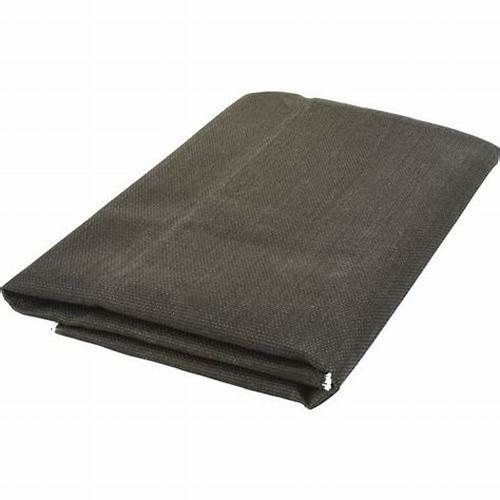
3. Add Layers if Needed
For better protection, create a multi-layer blanket:
- Stitch or bind layers together at edges
- Space grommets every 12-18 inches
- Consider a reflective aluminum layer for additional heat deflection
Safety Considerations
Your homemade welding blanket must meet basic safety standards:
- Test a small sample with a torch before full use
- Never use plastic-based materials that can melt
- Inspect regularly for damage
- Keep a fire extinguisher nearby during use
- Replace when showing significant wear
Maintenance and Care
Proper care extends your blanket's life:
- Shake out debris after each use
- Store flat or rolled - avoid folding which creates weak points
- Wash only if absolutely necessary (hand wash with mild detergent)
- Never use bleach or fabric softener
When to Choose Commercial Instead
Consider purchasing a professional welding blanket if:
- You regularly weld at very high temperatures
- Your projects involve large amounts of molten metal
- You need OSHA-compliant protection for commercial work
- The time/materials cost exceeds a commercial blanket's price
Final Thoughts
A properly made homemade welding blanket can be effective for occasional use. Focus on material quality and construction for safety. For frequent welding, invest in commercial-grade protection. Always prioritize safety over cost savings when working with extreme heat.


